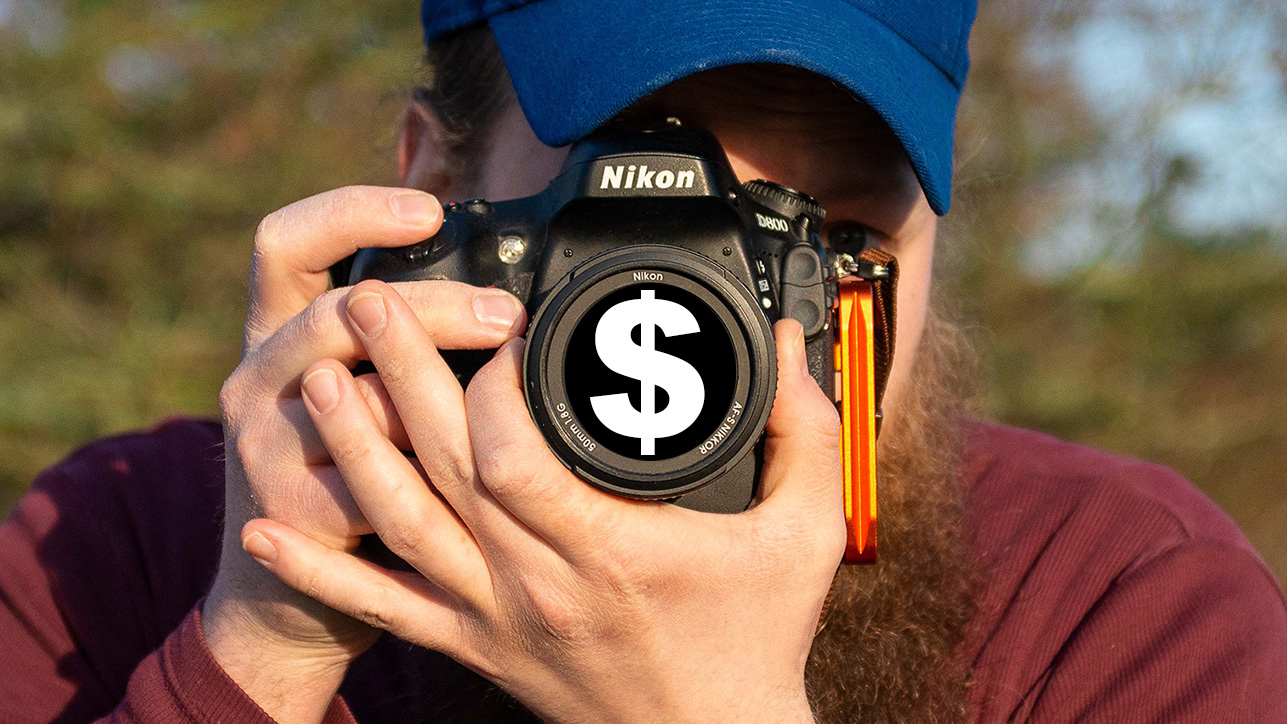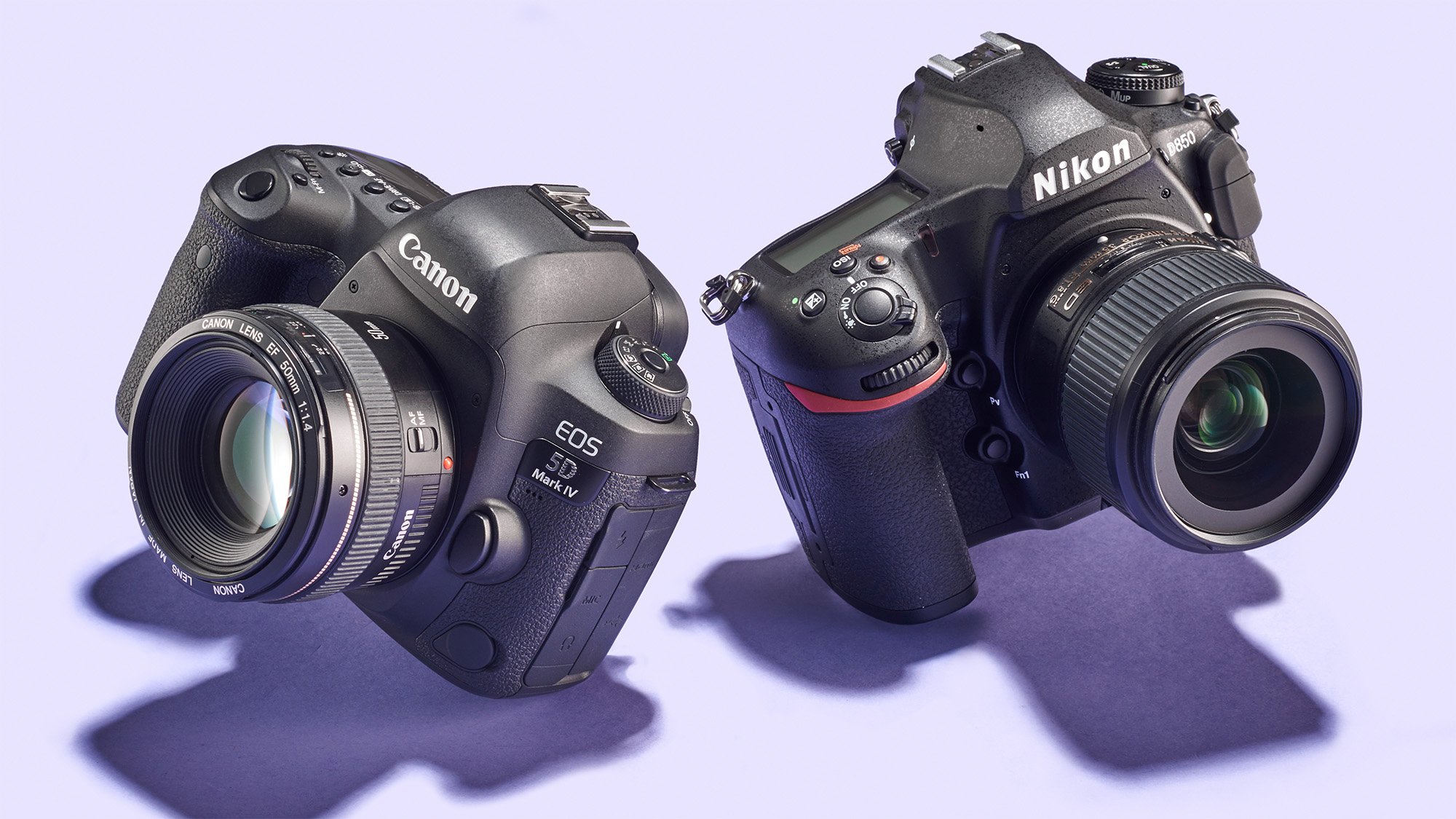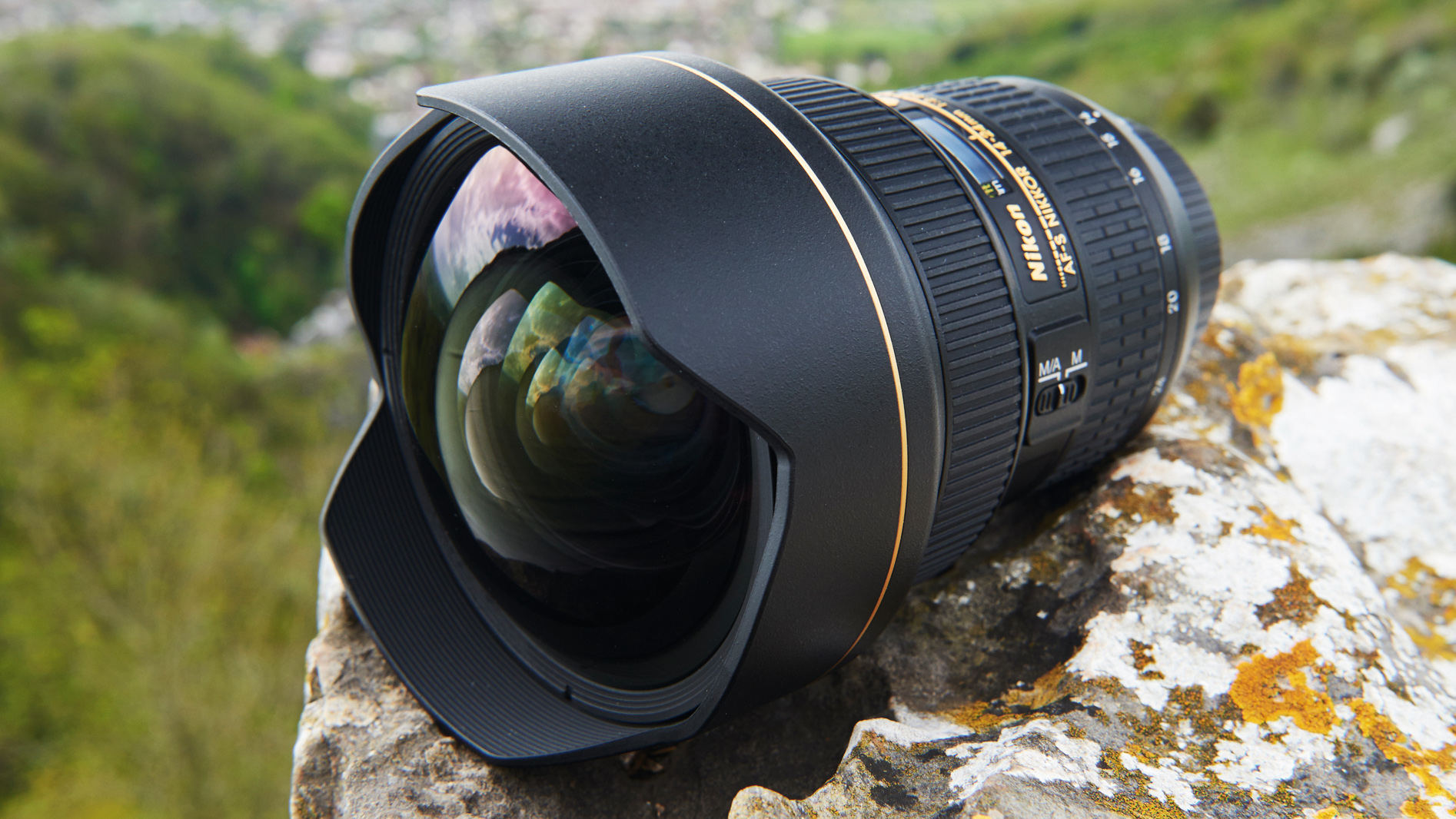
Yeah, yeah, the best DSLR cannot match up to the might and power of the best mirrorless camera. And if you’re a videographer or hybrid shooter, you’re never going to look back. But if you’re serious about photography – and photography only – and don’t have the money to pick up a $4,000 high-resolution, full-frame mirrorless like my Nikon Z8, I think a DSLR is the way to go.
When I say serious about photography, I mean somebody who wants to capture the very best images they can. The sky’s the limit, if you will. And although a skilled photographer can take a great picture with any camera, there’s a reason most professionals use high-resolution full-frame cameras. If you want the best image quality, you have to invest in decent kit.
But here’s the thing. The DSLR era arguably perfected digital image quality. And while high-end mirrorless cameras typically feature better low-light performance, overall image quality is negligible. Sure, top mirrorless cameras boast better autofocus, readout speeds, processing power, optics, and video. But stick a photograph captured on a Nikon D850 and a Nikon Z8 side by side, and nobody’s going to tell the difference.

So let’s take a look at some secondhand DSLR prices. You can pick up a good-condition Nikon D850 over at MPB for around £1,000 / $1,200 right now. While a good condition Canon EOS 5D Mark IV will set you back roughly $800 / £800. Now, I will admit, the mirrorless Nikon Z7 and Canon EOS R both throw a bit of a spanner in the works, because these 45-MP behemoths are also very reasonably priced at around the $850 / £1,000 and $850 / £700 mark, respectively.
But these cameras are still rather pricey for a lot of photographers. And the problem with interchangeable-lens cameras is that the outlay only begins with the camera. Let’s face it, most photographers will spend more on lenses in their photography lifetime than on cameras. And if you’re not, you might want to consider why. After all, if the camera is the canvas, lenses are the brushes. Different focal lengths and maximum apertures open up a wealth of creative possibilities, and I feel this is what a lot of photographers get wrong. They spend most of their budget on the camera and neglect what makes the real difference, lenses.
And this is the crux of what makes DSLRs still very viable today. Let’s take the Nikon D800 and Canon EOS 5D Mark III. Both are very capable stills cameras, and you can pick up a good-condition Nikon D800 for around $400 / £400 and a good-condition Canon EOS 5D Mark III for under £400 / $500.

And with a DSLR camera comes great-value lenses. Let’s take the Nikon F-mount for example. If you’re serious about photography, you’ll want to pick up a holy trinity of f/2.8 lenses. Right now, you can pick up the Nikon AF-S 14-24mm f/2.8G IF-ED for about $600 / £500, the Nikon AF-S 24-70mm f/2.8G IF-ED for around $500 / £400, and the Nikon AF-S 70-200mm f/2.8G ED VR II for roughly $600 / £500.
Combine that with the Nikon D800 and you’ve got a 36-MP stills camera and a holy trinity of f/2.8 lenses for $2,100 / £1,800. And to put things into perspective, the admittedly very well specced Nikon Z5 II retails for $1,699.95 / £1,599.
You can, of course, go down the route of picking up your preferred mirrorless and the necessary DSLR mount adapter to take advantage of cheap secondhand lenses. But my point is that you can end up with an entire pro-capable setup for the price of a modern mid-range mirrorless camera. And I can tell you, if I only cared about photography and not video, and was starting afresh with a tight budget, this is the route I’d take.
You might also like...
Want more of my DSLR ramblings? The decade-old Nikon D800 is still a beast, and here’s why. Also, I keep saying that the Nikon Df is the DSLR I'd buy today. Plus, I bought a Nikon Z8 two months before the Z6 III launch – did I make a mistake?







